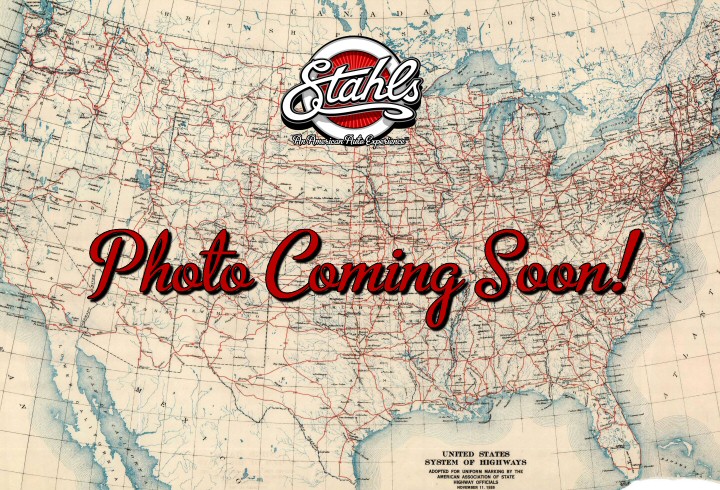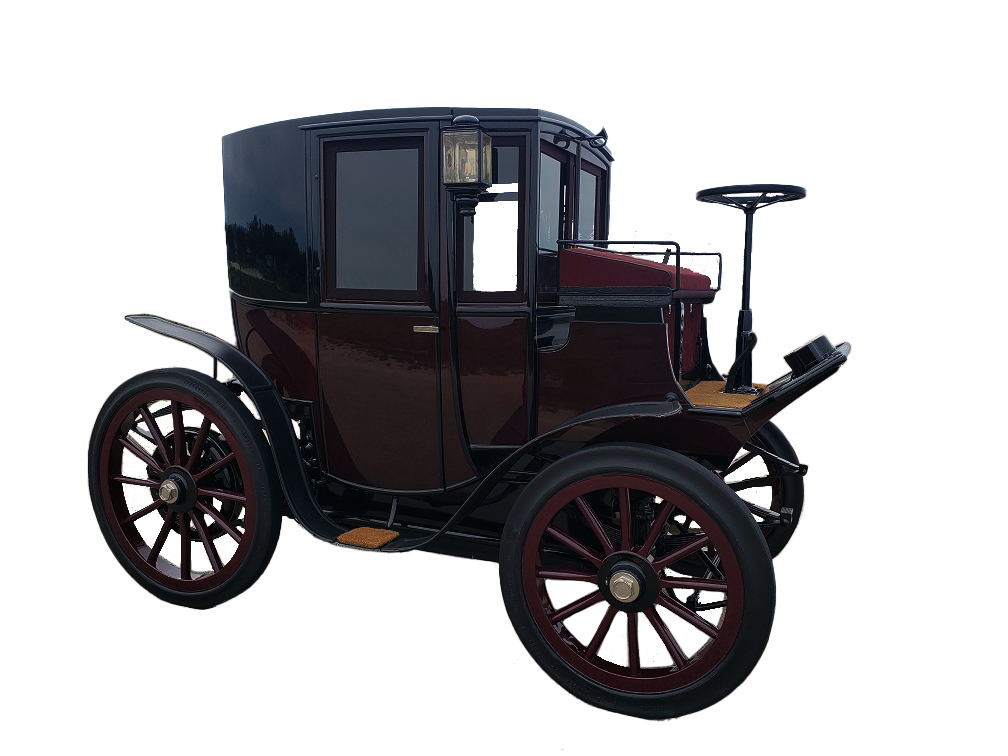Based on William Faulkner’s Pulitzer Prize-winning novel, The Reivers marked a surprising turn for Steve McQueen, who stepped away from his usual action-packed roles to play Boon Hogganbeck. His performance earned him a Golden Globe Best Actor nomination, but many audiences felt the real star was the Yellow Winton Flyer. This unique car carried Boon, his young protégé Lucius (13-year-old Mitch Vogel), and stowaway Ned McCaslin (Rupert Crosse, Oscar-nominated for the role) across Mississippi to the bustling city of Memphis. In some regions, the film even carried the title Yellow Winton Flyer.
McQueen, through his Solar Productions, brought the project to life and asked his friend Von Dutch to build the car. The Winton Flyer needed to seat four, match the look of a 1904 touring car, and still handle the rigors of filming. Dutch embraced the challenge, blending whimsical creativity with expert craftsmanship to produce a vehicle that looked, moved, and rattled just like the real thing. He added brilliant coach lining, pinstriping, and painted details that captured the movie’s lighthearted spirit and turn-of-the-century setting. Von Dutch’s meticulous work fooled even the closest camera shots. From the engine-turned sheet brass radiator badge to the controls, rear axle, and bodywork, every detail reinforced the illusion. The 1904 Winton Flyer appeared in nearly every outdoor scene, prompting McQueen to call it “the real star of the picture.”
After the movie’s 1969 release, McQueen kept the car in his personal collection until his death. As the only known Winton Flyer built for The Reivers, it survived demanding drives through muddy fields and rough terrain, proving both its durability and Von Dutch’s engineering skill.
Today, the 1904 Winton Flyer stands as a one-of-a-kind creation, a perfect blend of Von Dutch’s artistry, McQueen’s adventurous spirit, and the timeless charm of early motoring.



